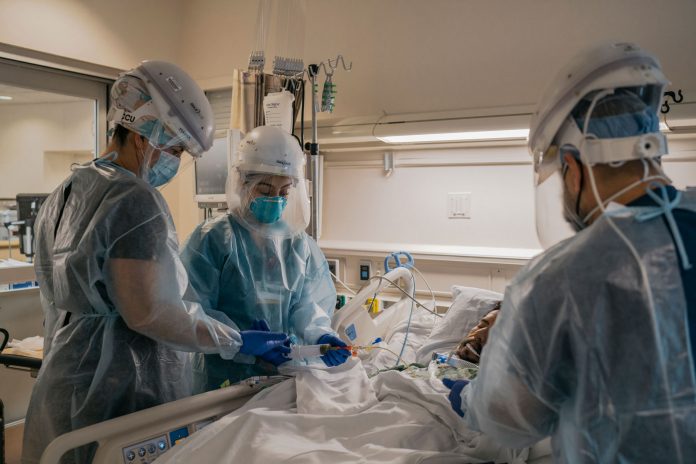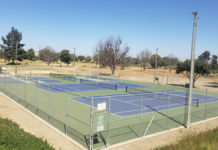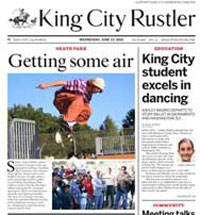
Between reinstated mask mandates and spiking coronavirus case numbers, this summer is starting to feel a little too much like 2020.
Even in California, a state with a vaccination rate well above average, the number of people hospitalized with COVID-19 has nearly doubled in the past two weeks, according to a New York Times database. The Centers for Disease Control and Prevention’s map of coronavirus spread shows California bathed in orange and red, signaling the highest levels of transmission.
So how did we get here?
Well, what’s happening in California is a story playing out across the country. Summer ushered in more socializing and fewer restrictions, just as the extremely contagious delta variant gained a foothold.
Andrew Noymer, a public health professor at the University of California, Irvine, employed a very California analogy to explain it to me: “Delta is a lightning strike and loosening restrictions is the wind” — and they have joined forces to create a threat like a dangerous wildfire.
Although 53% of California residents are fully vaccinated, better than most states, it has not been enough to prevent delta from spreading. Even in San Francisco, which at 70% has one of the best vaccination levels among big cities, new coronavirus cases have increased 141% over the past two weeks.
“The delta variant isn’t hyperbole. It isn’t public health people wringing their hands,” said Dr. Kirsten Bibbins-Domingo, a public health researcher at the University of California, San Francisco. “It’s a game-changer.”
The delta variant is so contagious that it has caused cases to spike like never before, Bibbins-Domingo said. Its proliferation also means that achieving herd immunity — the threshold of vaccinations and previous infections needed to halt a virus’ spread — would most likely require vaccinations of at least 95% of people, she said.
But that doesn’t mean vaccinations aren’t helping now. People who already have received shots are far less likely to end up in a hospital if they contract the coronavirus. Nationwide, 97% of people hospitalized with COVID-19 are unvaccinated, according to the CDC.
So even as delta spreads in California, the number of hospitalizations and deaths will be much lower than previous surges because more than 21 million Californians are vaccinated, said Dr. Timothy Brewer, an infectious-disease expert at the University of California, Los Angeles.
“The good news is: The vaccines are working,” Brewer said.
How to stay safe if you’re vaccinated
My colleague Tara Parker-Pope published a guide for navigating socializing and mask-wearing in this confusing phase of the pandemic. If you’re wondering whether you can still hang out with your vaccinated friends indoors or if it’s safe to travel, this is for you.
I also asked the experts I interviewed how they have adjusted their behavior as coronavirus cases began to rise again in California. To my surprise, they all told me that since they’re vaccinated, they haven’t made major changes.
Indoor public spaces where people don’t wear masks remain the most dangerous locations, they said. So Noymer began wearing a mask at the grocery store again and Bibbins-Domingo said she was thinking twice before eating inside restaurants, which she had been more comfortable doing earlier in the summer.
She and Brewer both said they have out-of-state travel plans that they don’t currently feel compelled to cancel.
This article originally appeared in The New York Times.
Copyright 2021 The New York Times Company














